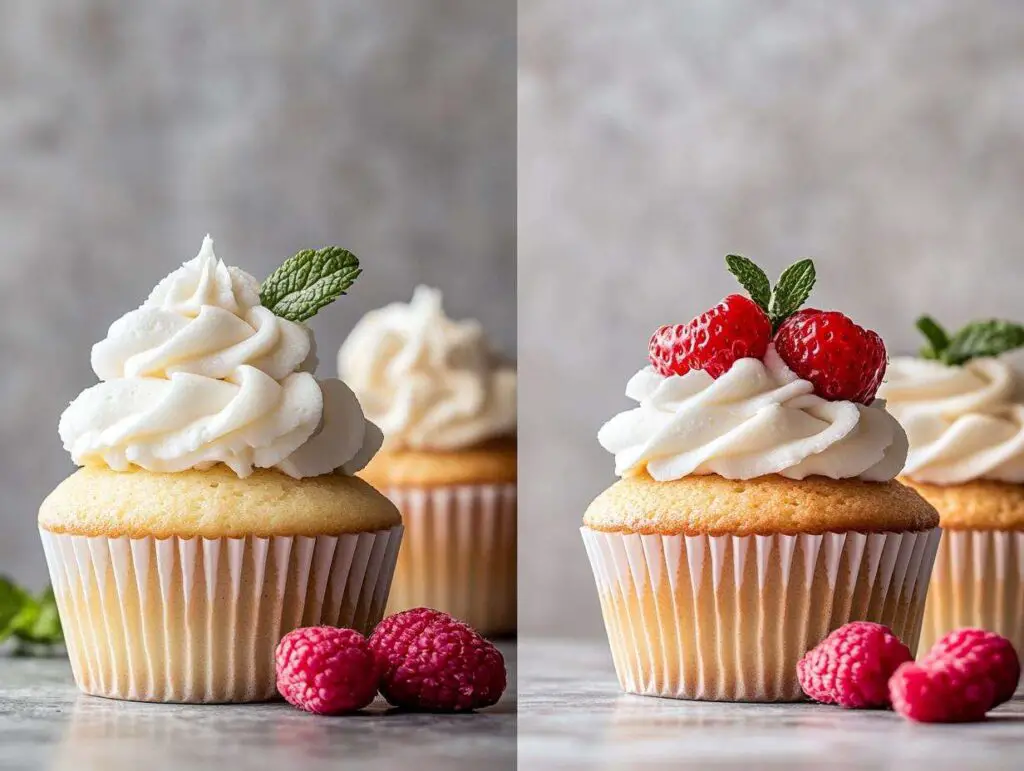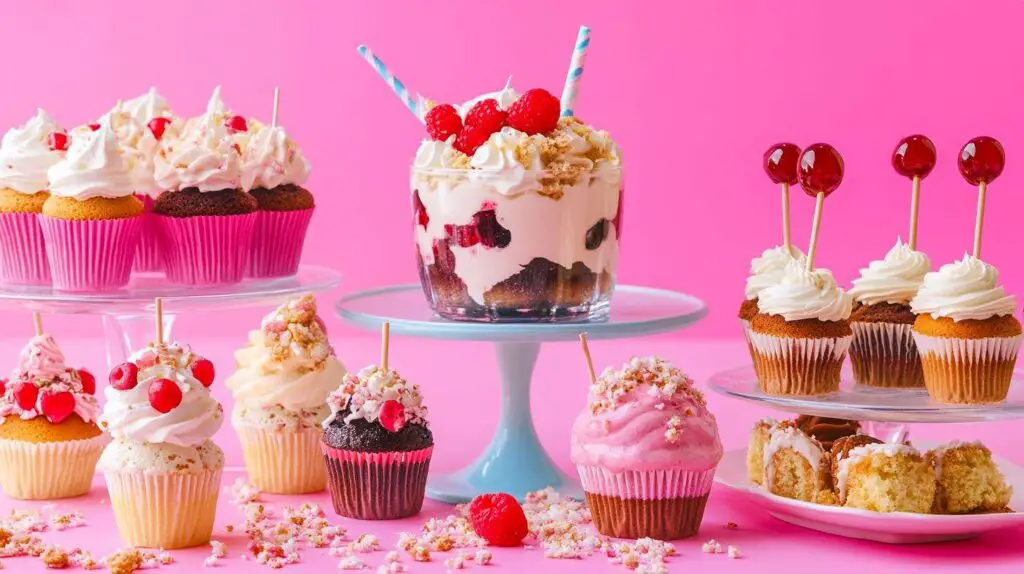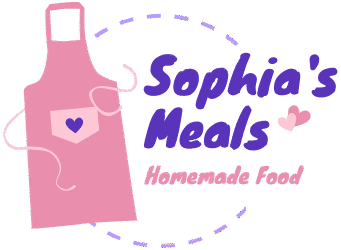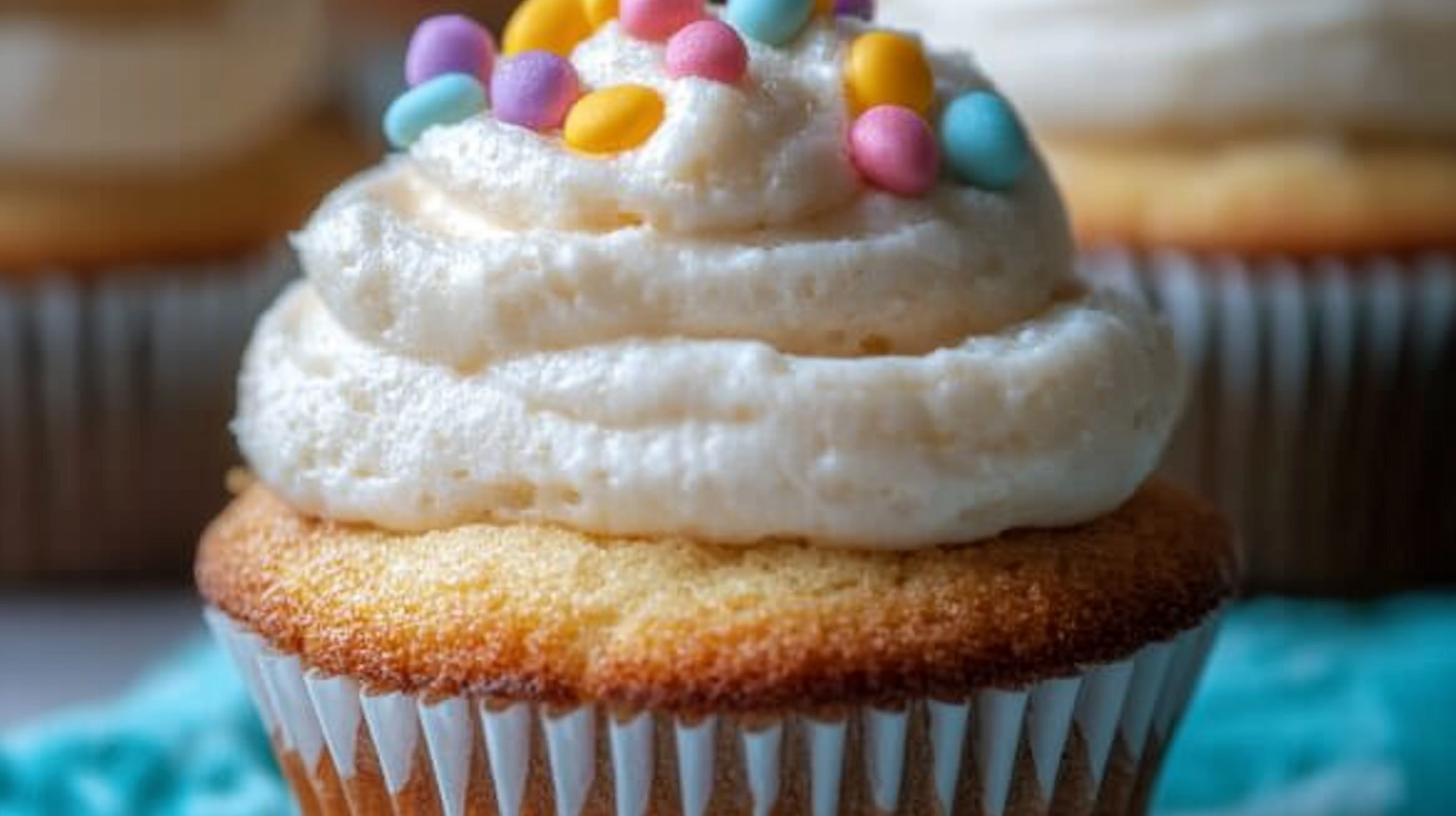Gluten-free cupcakes are a delightful treat for anyone, whether you’re avoiding gluten for health reasons or just exploring new flavors. But let’s face it, baking a batch of these goodies is only half the battle. The real question is: How long do gluten-free cupcakes last? If you’ve ever found yourself staring at a cupcake, wondering if it’s still good to eat, this guide is for you. We’ll dive into everything you need to know about their shelf life, storage tips, and even how to revive stale cupcakes. Let’s get started!
Introduction to Gluten-Free Cupcakes
What Makes Gluten-Free Cupcakes Unique?
Gluten-free cupcakes are made without wheat, barley, or rye, which means they lack the gluten protein that gives traditional baked goods their chewy texture. Instead, they rely on alternative flours like almond, rice, or coconut flour. This makes them lighter and often crumblier than regular cupcakes. But here’s the catch: the absence of gluten can also affect how long they stay fresh.
“Gluten-free baking is like a science experiment—you’re swapping ingredients and hoping for the best. But when it works, it’s pure magic!”
Why Shelf Life Matters for Gluten-Free Baked Goods
Unlike regular cupcakes, gluten-free versions tend to dry out faster or spoil quicker due to their unique ingredients. Knowing how to store them properly can make all the difference between a moist, delicious treat and a dry, crumbly disappointment. Plus, nobody wants to waste food, right? So, let’s break down the shelf life of gluten-free cupcakes and how to keep them fresh.
How Long Do Gluten-Free Cupcakes Last?
Freshly Baked Gluten-Free Cupcakes: Shelf Life
If you’ve just pulled a batch of gluten-free cupcakes out of the oven, congratulations! Freshly baked, they’re at their peak of deliciousness. But how long can you enjoy them?
- At room temperature: Gluten-free cupcakes can last 1-2 days if stored in an airtight container. After that, they might start to dry out.
- In the fridge: They’ll stay fresh for up to 5 days, but beware—refrigeration can sometimes make them a bit denser.
- In the freezer: You can freeze them for up to 3 months without losing much flavor or texture.
Store-Bought Gluten-Free Cupcakes: Shelf Life
Store-bought gluten-free cupcakes often come with preservatives to extend their shelf life. Check the packaging for a “best by” date, but generally:
- Unopened: They can last 5-7 days at room temperature or up to 2 weeks in the fridge.
- Opened: Once opened, consume them within 2-3 days for the best quality.
Factors That Affect the Shelf Life of Gluten-Free Cupcakes
Not all gluten-free cupcakes are created equal. Several factors can influence how long they stay fresh:
Ingredients Used
The type of flour, eggs, and sweeteners can impact shelf life. For example, cupcakes made with almond flour tend to dry out faster than those made with rice flour.
Storage Conditions
Where and how you store your cupcakes matters. A cool, dry place is ideal, while heat and humidity can speed up spoilage.
Presence of Moisture
Moisture is a double-edged sword. Too little, and your cupcakes dry out. Too much, and they can become a breeding ground for mold.
Frosting and Toppings
Frosting can act as a barrier, keeping cupcakes moist. However, toppings like fresh fruit can introduce moisture and reduce shelf life.
Common Problems with Gluten-Free Cupcakes
Why Do Gluten-Free Cupcakes Dry Out Faster?
Gluten-free flours lack the elasticity of wheat flour, which means they don’t hold moisture as well. This can lead to cupcakes drying out faster than their gluten-filled counterparts. To combat this, try adding ingredients like applesauce, yogurt, or extra eggs to your batter for added moisture.
Why Do Gluten-Free Cupcakes Spoil Quickly?
Without gluten, the structure of the cupcake is more delicate, making it prone to spoilage. Additionally, some gluten-free recipes use natural ingredients that don’t have the same preservative qualities as wheat.
How to Prevent Mold Growth on Gluten-Free Cupcakes
Mold loves moisture, so keeping your cupcakes dry is key. Store them in an airtight container with a paper towel to absorb excess moisture. If you’re using fresh fruit toppings, consider adding them just before serving.
How to Store Gluten-Free Cupcakes for Maximum Freshness
Room Temperature Storage
For short-term storage, room temperature is fine. Place your cupcakes in an airtight container or wrap them tightly in plastic wrap. Keep them away from direct sunlight and heat sources.
Refrigerating Gluten-Free Cupcakes
If you need your cupcakes to last a bit longer, the fridge is your friend. Store them in an airtight container to prevent them from absorbing odors. Just remember, refrigeration can sometimes alter the texture, making them denser.
Freezing Gluten-Free Cupcakes
Freezing is the best option for long-term storage. Here’s how to do it right:
Step-by-Step Guide to Freezing Cupcakes
- Let the cupcakes cool completely.
- Wrap each cupcake individually in plastic wrap.
- Place them in a freezer-safe bag or container.
- Label with the date and freeze for up to 3 months.
How to Thaw Frozen Gluten-Free Cupcakes
When you’re ready to enjoy them, let the cupcakes thaw at room temperature for about an hour. For a quick fix, you can microwave them for 10-15 seconds.
Tips to Extend the Shelf Life of Gluten-Free Cupcakes
Use Fresh Ingredients 🥕
Fresh eggs, milk, and flour can make a big difference in how long your cupcakes stay fresh.
Properly Seal and Wrap Cupcakes 🎁
Air is the enemy of freshness. Use airtight containers or wrap your cupcakes tightly to keep them moist.
Avoid Humidity and Heat ☀️
Store your cupcakes in a cool, dry place. If you live in a humid climate, consider using a dehumidifier in your kitchen.
Store Frosting Separately 🧁
If possible, store frosting in a separate container and add it just before serving. This prevents the cupcakes from becoming soggy.

Nutrition Facts Table
Here’s a quick breakdown of the nutritional content of a typical gluten-free cupcake (per serving):
| Nutrient | Amount |
|---|---|
| Calories | 200 kcal |
| Total Fat | 8g |
| Saturated Fat | 3g |
| Cholesterol | 30mg |
| Sodium | 150mg |
| Total Carbohydrates | 30g |
| Dietary Fiber | 2g |
| Sugars | 18g |
| Protein | 3g |
Stay tuned for Part 2, where we’ll dive into signs that your gluten-free cupcakes have gone bad, creative ways to use stale cupcakes, and answers to frequently asked questions! 🎉
How Long Do Gluten-Free Cupcakes Last?
Welcome back to the second part of our gluten-free cupcake journey! In Part 1, we covered the basics of shelf life, storage tips, and common problems. Now, let’s dive deeper into how to tell if your cupcakes have gone bad, creative ways to use stale ones, and answer some burning questions you might have. Ready? Let’s go! 🚀
Signs That Your Gluten-Free Cupcakes Have Gone Bad 🚩
Nobody wants to bite into a spoiled cupcake. Here’s how to tell if your gluten-free treats have seen better days:
Visual Signs of Spoilage 👀
- Mold: The most obvious sign. If you see green, white, or black spots, it’s time to toss them.
- Discoloration: If the cupcakes look darker or have strange patches, they might be past their prime.
Smell and Texture Changes 👃
- Off Smell: If your cupcakes smell sour, musty, or just “off,” trust your nose and throw them away.
- Dry or Crumbly Texture: While gluten-free cupcakes tend to dry out faster, an overly crumbly texture can indicate they’re no longer fresh.
How to Tell If Frosting Has Spoiled 🍰
Frosting can spoil too, especially if it’s made with dairy or fresh ingredients. Look for:
- Separation: If the frosting looks watery or has separated, it’s probably bad.
- Sour Smell: Dairy-based frosting can develop a sour smell when spoiled.
“When in doubt, throw it out. It’s better to be safe than sorry when it comes to food safety!” 🗑️
Frequently Asked Questions About Gluten-Free Cupcakes
Can You Eat Gluten-Free Cupcakes After the Expiration Date? 📅
It depends. If stored properly, they might still be good for a day or two after the expiration date. But always check for signs of spoilage first.
Do Gluten-Free Cupcakes Last Longer Than Regular Cupcakes? ⏳
Not usually. Gluten-free cupcakes tend to dry out faster due to the lack of gluten, which helps retain moisture. However, proper storage can help extend their shelf life.
Can You Leave Gluten-Free Cupcakes Out Overnight? 🌙
Yes, but only if they’re in an airtight container. Leaving them uncovered can cause them to dry out or attract pests.
How Long Do Gluten-Free Cupcakes Last in the Fridge? ❄️
In the fridge, they can last up to 5 days. Just make sure they’re stored in an airtight container to prevent them from absorbing odors.
Can You Freeze Gluten-Free Cupcakes with Frosting? 🧊
Yes, but freezing can sometimes alter the texture of the frosting. For best results, freeze cupcakes without frosting and add it after thawing.
Creative Ways to Use Stale Gluten-Free Cupcakes 🎨
Don’t throw away those stale cupcakes just yet! Here are some fun and delicious ways to give them a second life:
Turning Stale Cupcakes into Cake Pops 🍭
Crumble the cupcakes, mix with frosting, roll into balls, and dip in melted chocolate. Voilà—cake pops!
Using Stale Cupcakes in Trifles or Parfaits 🥂
Layer crumbled cupcakes with whipped cream, fruit, and pudding for a decadent dessert.
Crumbling Cupcakes for Toppings or Dessert Bases 🍨
Use the crumbs as a topping for ice cream, yogurt, or even as a base for cheesecake.

Conclusion: Enjoying Gluten-Free Cupcakes at Their Best 🎉
Key Takeaways for Maximizing Shelf Life 🗝️
- Store cupcakes in an airtight container.
- Keep them in a cool, dry place or freeze for long-term storage.
- Check for signs of spoilage before eating.
Final Thoughts on Storing and Enjoying Gluten-Free Cupcakes 💭
Gluten-free cupcakes are a delicious treat, but they require a little extra care to stay fresh. With the right storage techniques and a bit of creativity, you can enjoy them for days (or even months) after baking. So go ahead, indulge in that cupcake—you’ve earned it! 🧁
And there you have it—a complete guide to how long gluten-free cupcakes last, packed with tips, tricks, and fun ideas. Whether you’re a baking pro or a newbie, I hope this article helps you make the most of your gluten-free treats. Happy baking! 🎂✨

